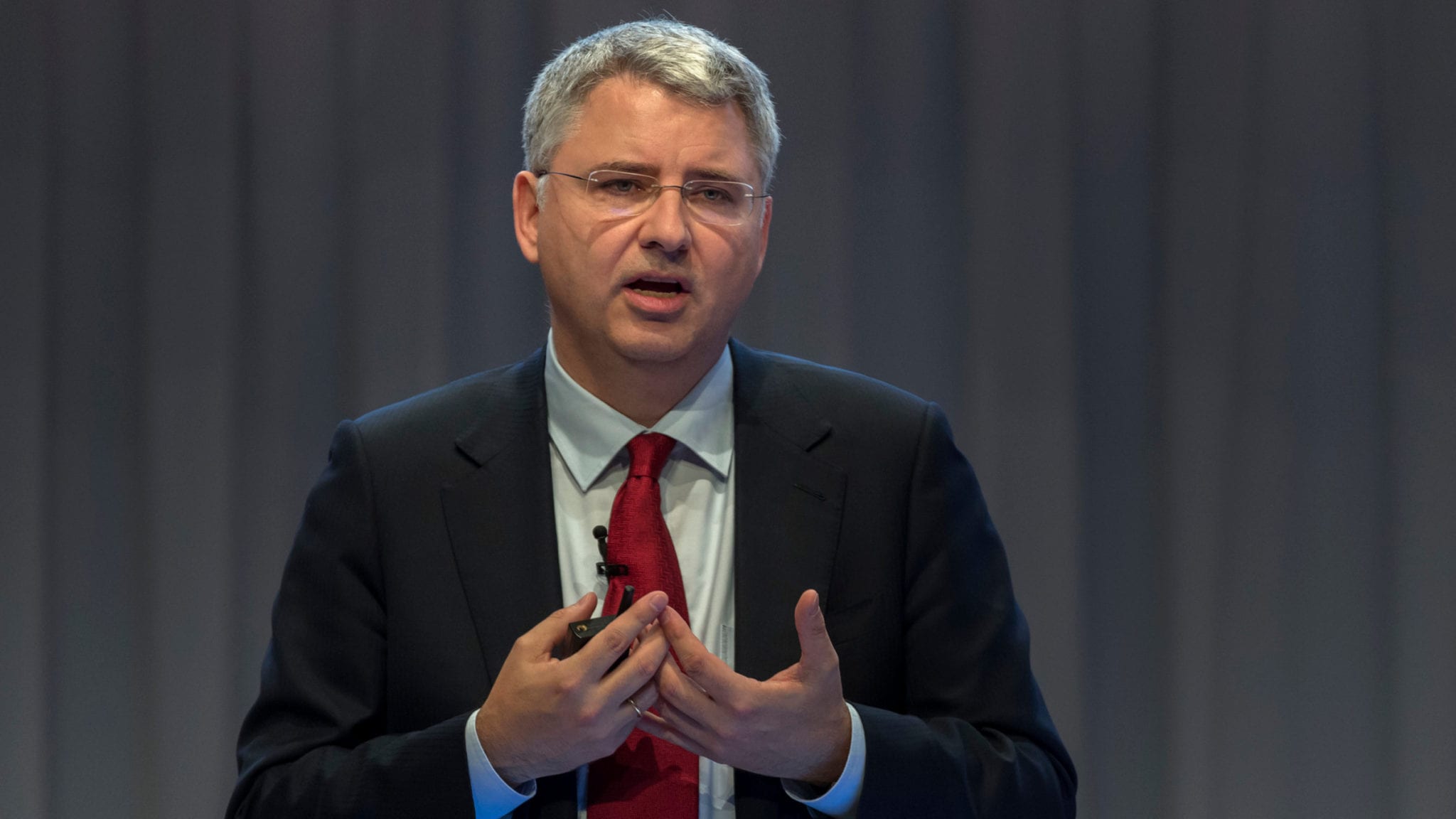
Severin Schwan, Roche Group CEO (AP Images)
Roche regains pre-pandemic sales footing, highlights bursting pipeline — with one key failure
While many pharma fortunes are tied to Covid-19 pandemic peaks and valleys, Roche’s connections are more complicated than most, born out in its 2021 financial …
Sign up to read this article for free.
Get free access to a limited number of articles, plus choose newsletters to get straight to your inbox.